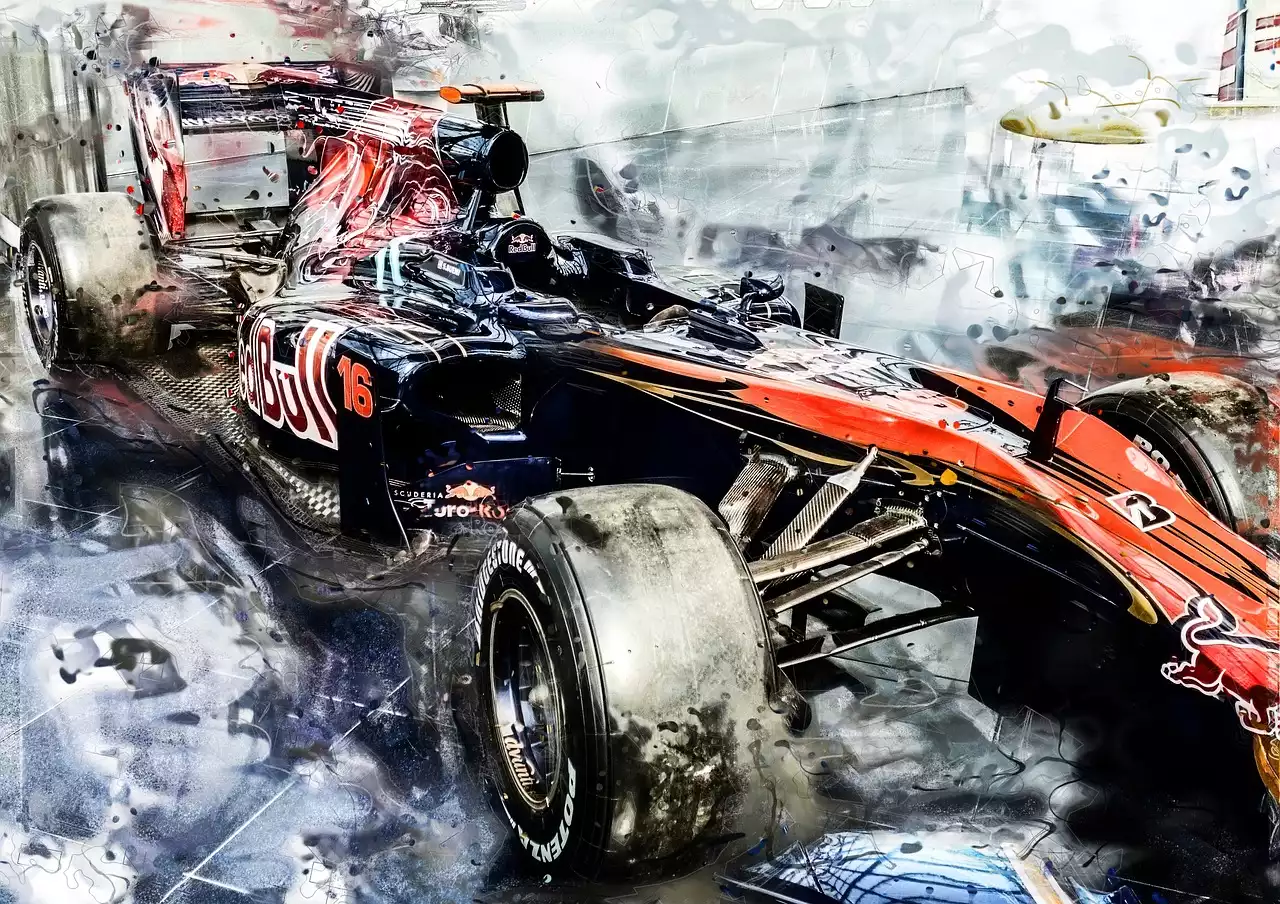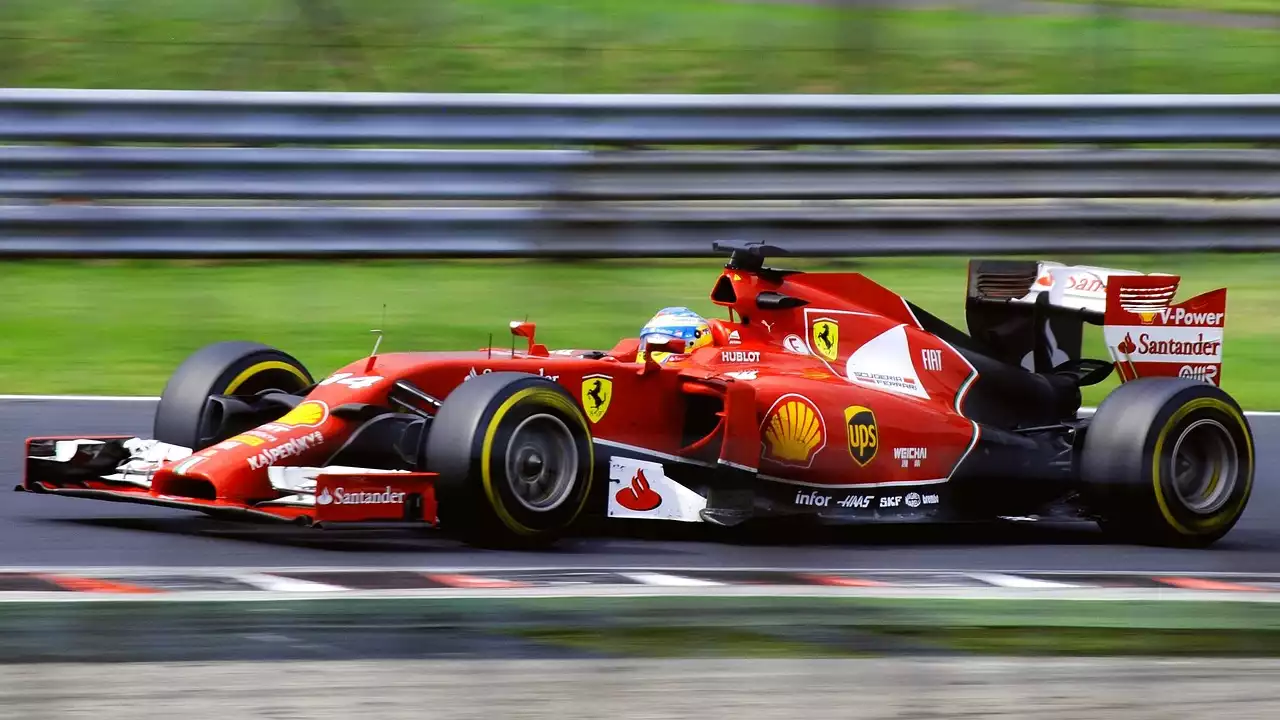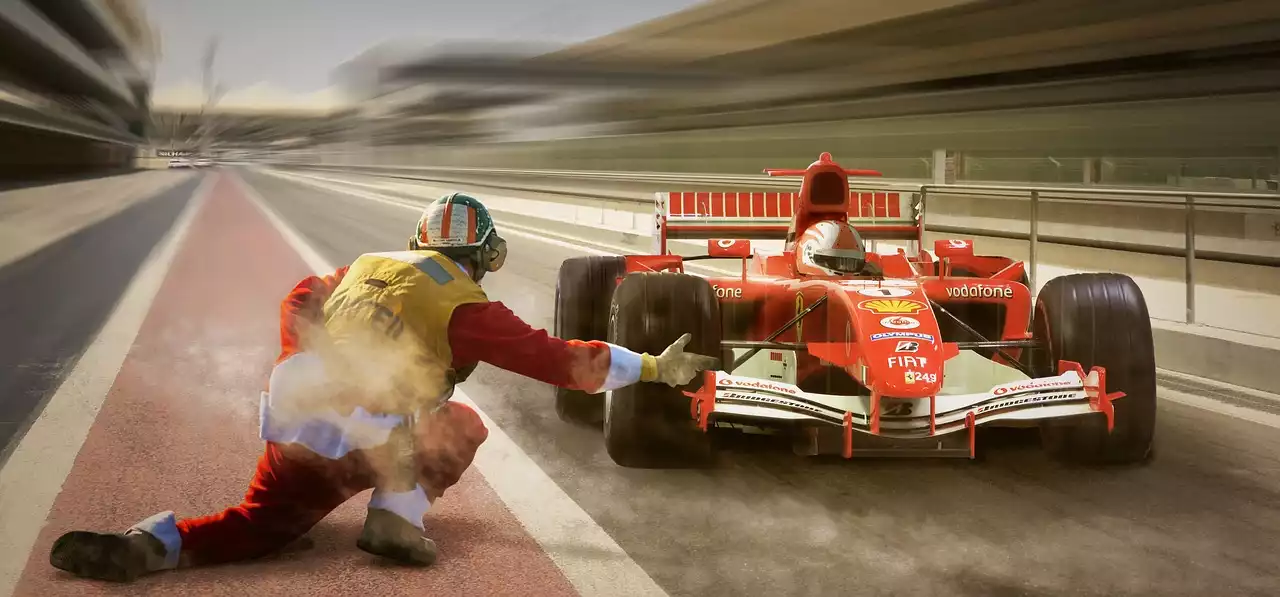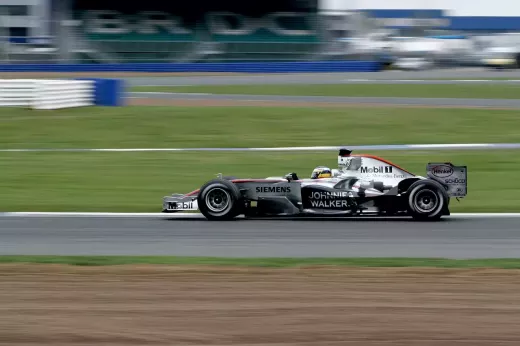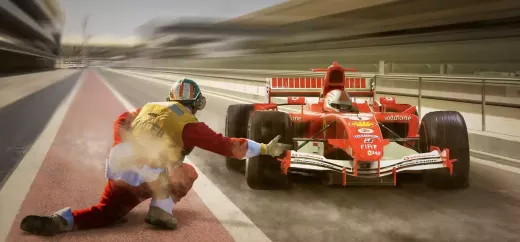The Role of Technology in Formula 1 Racing
The role of technology in Formula 1 racing cannot be overstated. From aerodynamic designs to high-performance engines, engineers and designers are constantly pushing the limits of what is possible. With the help of cutting-edge technology, teams are able to gain a competitive edge on the track, analyzing data to make split-second decisions that can give them an advantage over their rivals.
However, the increasing use of technology in the sport has also led to concerns about the balance between progress and tradition. Some argue that the sport has become too reliant on technology, with the human element taking a back seat to the machines. Others argue that technology is what makes the sport so exciting, as teams strive to outdo one another with the latest innovations.
Latest Innovations in Formula 1 Technology
In the world of Formula 1 racing, innovation is key. Teams are constantly looking for new ways to gain an advantage over their rivals, and technology plays a crucial role in that quest. Here are some of the latest innovations in Formula 1 technology:
Aerodynamics: The Key to Speed
Aerodynamics is one of the most crucial elements of Formula 1 racing. Teams spend millions of dollars each year on wind tunnel testing and computational fluid dynamics (CFD) simulations to optimize their cars' aerodynamic performance. By reducing drag and increasing downforce, teams can increase their cars' speed and cornering ability.
One of the most innovative new technologies in aerodynamics is the use of micro-vortex generators (MVGs). These small, fin-shaped structures are placed on the surface of the car and create tiny vortices of air that help to control the airflow around the car. This technology has been used by teams like Mercedes and Red Bull Racing to great effect, helping to improve their cars' aerodynamic performance.
Hybrid Power Units: Balancing Performance and Efficiency
Formula 1 cars are some of the most powerful and fuel-efficient vehicles on the planet. The cars are powered by hybrid power units, which combine a turbocharged V6 engine with an electric motor and battery system. This allows the cars to produce around 1000 horsepower while using only a fraction of the fuel that a traditional engine would use.
The hybrid power units are constantly evolving, with teams working to find the perfect balance between performance and efficiency. One of the most innovative new technologies in this area is the use of energy recovery systems (ERS), which capture energy from the car's braking system and store it in the battery system for later use. This allows the car to use the stored energy to boost its speed during overtaking or defend its position against an attacking driver.
Data Analytics: Improving Performance and Decision Making
Data analytics is becoming increasingly important in Formula 1 racing. Teams are using advanced software and algorithms to analyze data from sensors on the car and track in real-time, giving them a wealth of information to work with. This data can be used to optimize the car's performance, make strategic decisions during the race, and even predict the weather conditions on the track.
One of the most innovative new technologies in data analytics is the use of artificial intelligence (AI). Teams are using AI algorithms to analyze data and make predictions about the future performance of the car. This allows them to make split-second decisions during the race, such as when to pit for new tires or how aggressively to defend their position against an attacking driver.
Advanced Materials: Lighter and Stronger Cars
Formula 1 cars are some of the most advanced machines on the planet, and the materials used to build them are constantly evolving. Teams are using advanced composites, such as carbon fiber, to build cars that are both lighter and stronger than ever before. This allows them to reduce the weight of the car while maintaining its structural integrity, improving its performance on the track.
One of the most innovative new materials being used in Formula 1 racing is graphene. This ultra-strong material is being used to build lightweight components for the car, such as suspension systems and brake discs. Graphene is 200 times stronger than steel but only a fraction of the weight, making it an ideal material for use in motorsports.
Cybersecurity: Protecting Teams and Fans
As technology becomes more important in Formula 1 racing, cybersecurity is becoming an increasingly important concern. Teams are using advanced security measures to protect their data and intellectual property from hackers and other cyber threats. They are also working to ensure the safety of fans and staff at the track, using advanced security cameras and systems to monitor the area for any potential threats.
One of the most innovative new technologies in cybersecurity is the use of blockchain. Teams are using blockchain to secure their data, ensuring that it cannot be tampered with or stolen. They are also using blockchain to create secure digital identities for fans, allowing them to access the track and other events with ease.
Challenges and Controversies: Balancing Progress and Tradition
As with any new technology, there are challenges and controversies surrounding the use of technology in Formula 1 racing. Some argue that the sport has become too focused on technology, with the human element taking a back seat to the machines. Others argue that technology is essential to the sport, pushing teams to innovate and create new solutions to old problems.
Another controversy surrounding Formula 1 technology is the balance between progress and tradition. Some argue that the sport should stick to its roots, with a focus on driver skill and mechanical engineering. Others argue that the sport must evolve to stay relevant, embracing new technologies and innovations to stay ahead of the competition.
Future of Formula 1 Racing Technology
The future of Formula 1 racing technology is bright. As new innovations are developed and tested, teams will continue to push the limits of what is possible, creating faster, more efficient, and more exciting cars. Some of the most exciting new technologies on the horizon include:
Tire Pressure
One area where technology is set to have a major impact on Formula 1 racing is tire pressure. Teams are working to develop sensors that can measure tire pressure in real-time, allowing them to optimize the car's performance and reduce the risk of tire blowouts. This technology could have a major impact on the sport, improving safety and giving teams a new tool to gain a competitive edge.
Overall, it's clear that technology will continue to play a major role in the world of Formula 1 racing. From aerodynamics to hybrid power units to data analytics, teams are leveraging cutting-edge tools and techniques to gain a competitive edge on the track. As the sport continues to evolve, we can expect to see even more exciting new technologies and innovations in the years to come. The future of Formula 1 racing is brighter than ever before, and technology is the key to unlocking its full potential.
